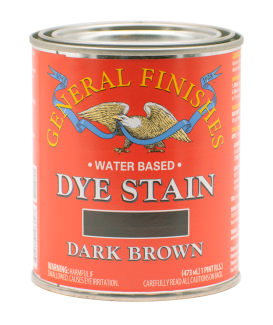

Carrie Seitz used General Finishes Antique Walnut Ge
Chrissie's Collection never ceases to amaze us.
General Finishes is happy to announce our November 2016 Retailer of the Month, Vinterest Antiques of Hixson, TN.
In our newest video Chris Adams and Tom Monohan of General Finishes demonstrate how to update your existing cabinets with GF Water Based Wood Stain and Dye Stain with a technique called toning. Toning does not require any messy stripping or sanding.

Toning is the process of adding colorant, either dye or pigmented stain into a top coat and then applying over an entire piece in order to subtly deepen the color. All of our stains can be used: Stock base colors of RTM, Water-Based Wood Stains or Dye stains. If you are new to toning, we recommend starting with Dyes stains, which can be easier to use as they only contain dyes and no pigments.
Some pieces of wood contain a lot of oil and walnut can be finicky.
The oil in the walnut wood may be causing the problem you've described - a longer dry time might have been needed over an oily wood. If the wood does not dry over the next few days then it may be necessary to sand down and start over.
Unfortunately, if the first coat does not dry, the second will never dry.
Chuck of CL Phillips Fine Furniture steals the stage for this week's Woodworker Wednesday! His services include reproduction of original and custom traditionally-inspired furniture, and the repair and restoration of antiques.